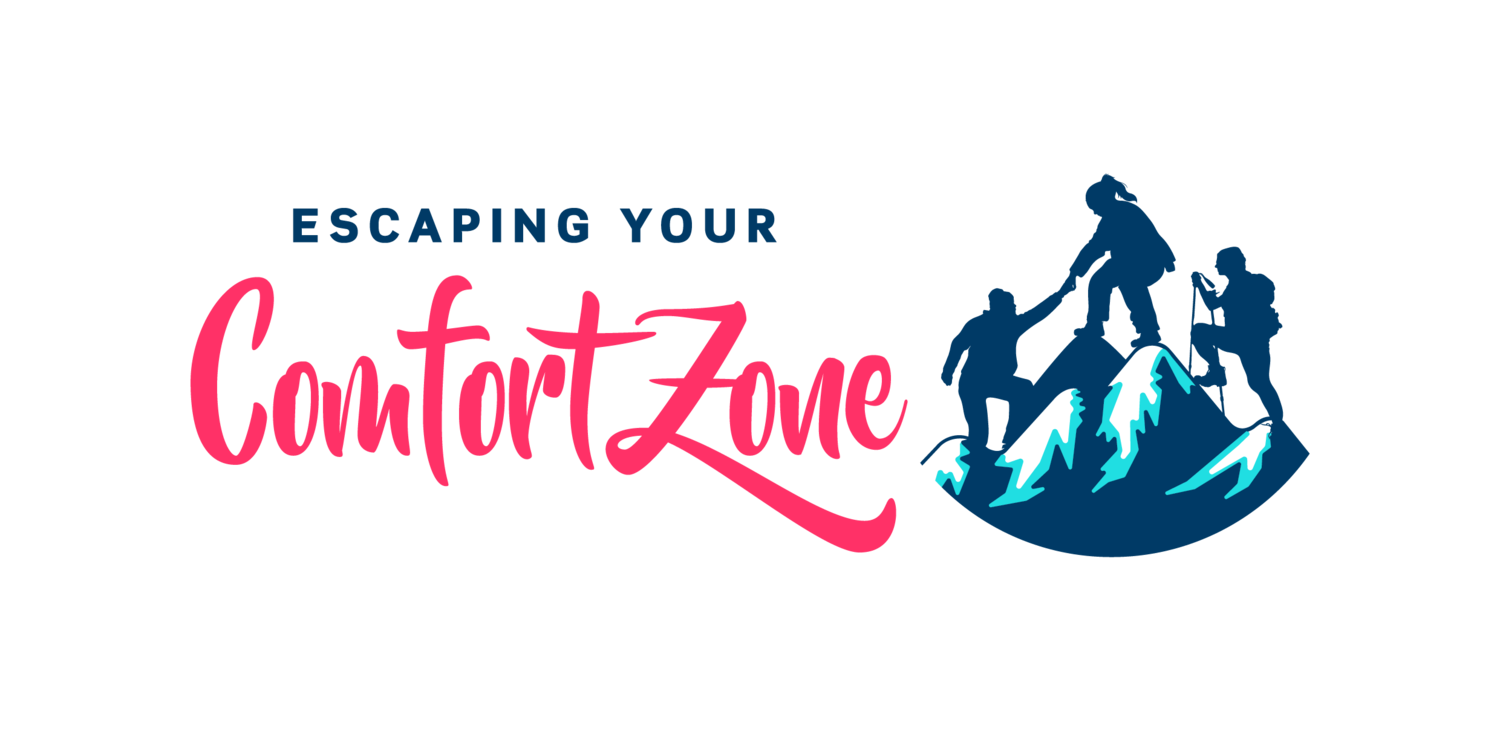How to hike in summer when you hate snakes
snake bite
I know the feeling - we have all heard the horror stories, and have had nightmares after watching Snakes on a Plane. Its enough to make you cower to the safety of the indoors or the beach as summer approaches in Australia. Cause those things will kill you, won't they?
But, like many of our fears, snakebite is more a fear than a reality. Whilst estimates of the incidence of snakebite throughout Australia is several thousand a year, of these only about 300 require antivenom treatment and on average 1-2 cases a year result in death. And bushwalkers are not identified in the statistics as a high risk group.
And you know THE BEST tools you can have to avoid snakebite, is knowing how to avoid them, and in the worst case scenario, how to treat one. With a bit of knowledge, snakes aren't something to fear, so don't let fear get in the way of some of the best conditions for hiking in Australia.
Here's some advice from the team from Bushwalking Victoria on how to avoid snakes, and in the worst case, how to treat a snake bite.
Prevention
Unprovoked, snakes rarely attack humans. Therefore, do not disturb a snake in your pathway, simply alert the other members of your party to give it a wide berth. Always wear stout footwear (avoid thongs and sandals) and be observant. Take particular care in warm weather, long grass, hollow logs, near water or rocks in sunny positions. Be especially careful it you step off the trail for any reason, to rest, or to let another hiker pass. Make sure where you are stepping is clear.Although snakes cannot hear they can detect vibrations in the ground, so walk heavily to encourage them to instinctively flee from your path. Some snakes are also nocturnal, so always use a torch at night.
Recognition
Victims usually know they have been bitten. Symptoms may appear 15 minutes to 2 hours after the bite and may be mild or severe, depending on the species and the bite. Symptoms include: double vision, headache, nausea and vomiting, sweating, faintness, diarrhoea, chest pain, difficulty swallowing or breathing, swollen lymph glands in groin or armpit, drowsiness.
Treatment
The principle of the treatment of snake bite is to reduce the amount of venom that reaches the blood stream by applying firm pressure over the bitten area and minimizing movement by the victim. The lower leg is the most vulnerable to snakebite when bushwalking. If a member of the party is bitten:
Immediately apply firm pressure over the bite site.
Lay the victim down and keep them calm and at complete rest.
Apply a broad firm compression bandage to the bitten area and around as much of the limb as possible, without removing clothing if this means moving the limb. Bandage as tightly as for a sprain and work up the limb to include the joint above the bite site.
Immobilize the limb with a makeshift splint.
Constantly observe the patient for shock and respiratory failure.Dispatch other member/s of the party with knowledge of your location to bring outside help to transport the patient.
DO NOT deliberately disturb a snake.
DO NOT walk in sandals or thongs.
DO NOT cut or wash a bite - venom on bandages can be used to identify the snake, which is required to ensure the correct anti-venom is used.
DO NOT apply an arterial tourniquet.
DO NOT attempt to catch the snake for identification.
You can buy a smart snake bandage from most chemists, using the squares you can make certain that you are wrapping the limb tight enough.
It is also very important to note that 1 snake bandage will not usually be enough to cover a limb, which is why we hike in groups, in the assumption that others in your group can combine their bandages. If in doubt, carry a couple of your own.
Here’s how to use a snake bandage

